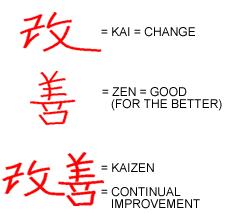Successful trading requires the individual to have more than a certain amount of control over emotions and behaviors.
Emotions may include, but not be limited to, the following items:
1. Anger, anxiety, confusion, depression, disappointment, exhilaration, frustration, insecurity, passion, satisfaction, etc.
Behaviors may include, but not be limited to, the following items:
2. Arrogant, consistent, controlling, denial, following through, [im]patient, [ir]rational, letting go, perseverance, stubbornness, tenacity, etc.
Having control over these and other emotions and behaviors will allow for the trader to execute trades objectively, and more importantly, according to a strategic plan.
Sounds easy enough, does it not? “Execute trades objectively, and more importantly, according to a strategic plan.” Being that traders are human, it is not such an easy task to accomplish. It is not easy to be objective and diligent about sticking to a strategic plan day after day after day – especially with the constant volatility and erratic dynamics of the market tempting and enticing you at every turn to take actions that are NOT necessarily objective and NOT necessarily part of the strategic plan.






